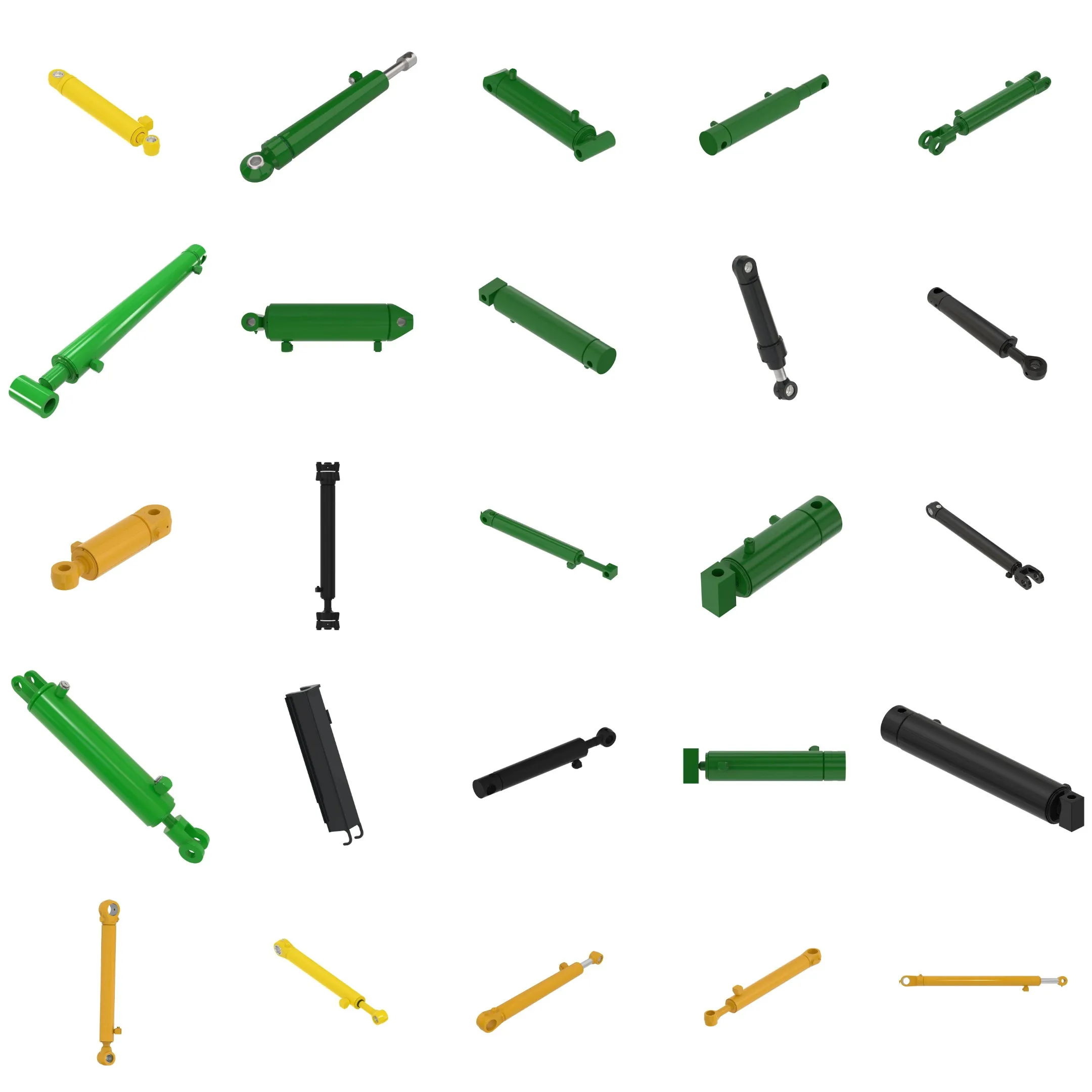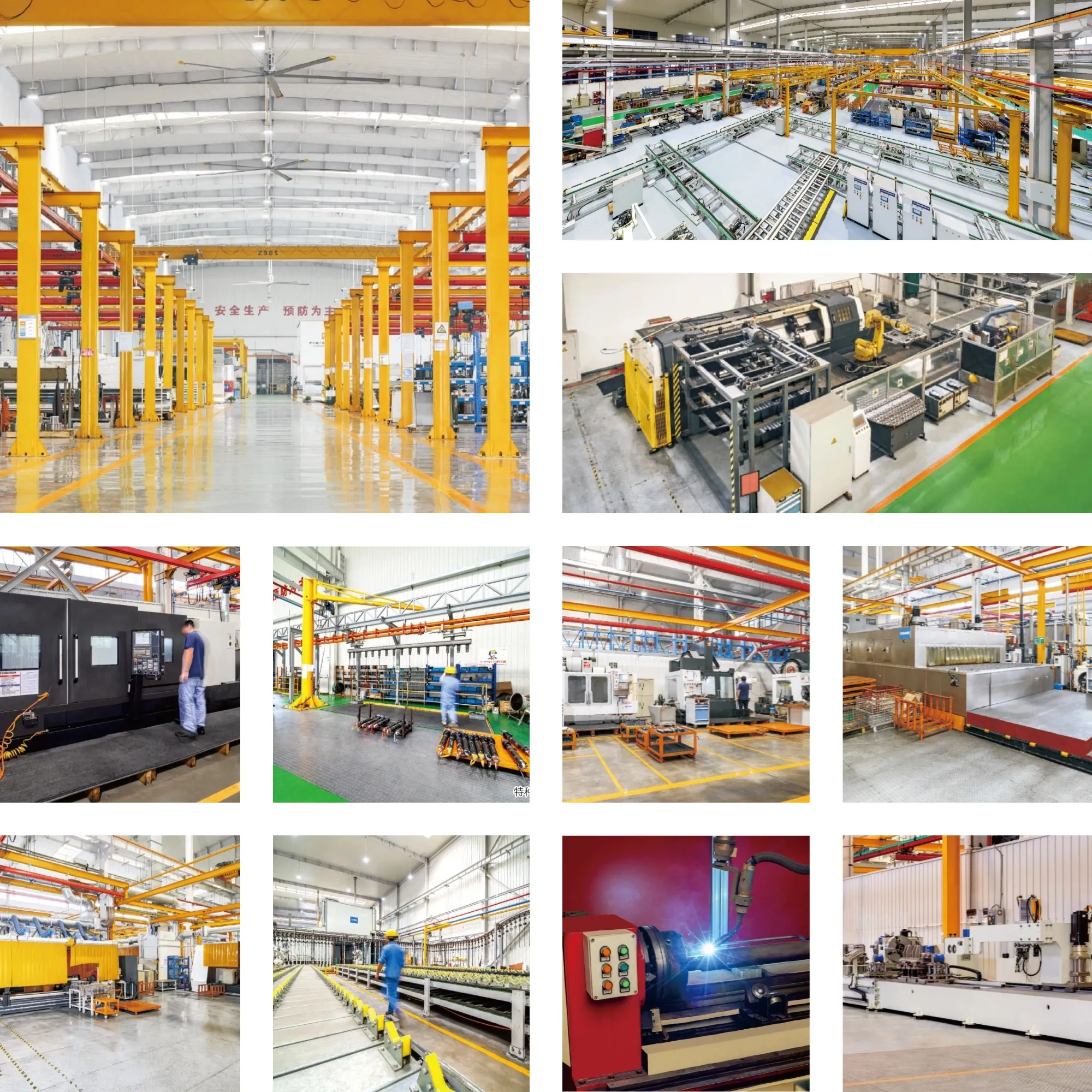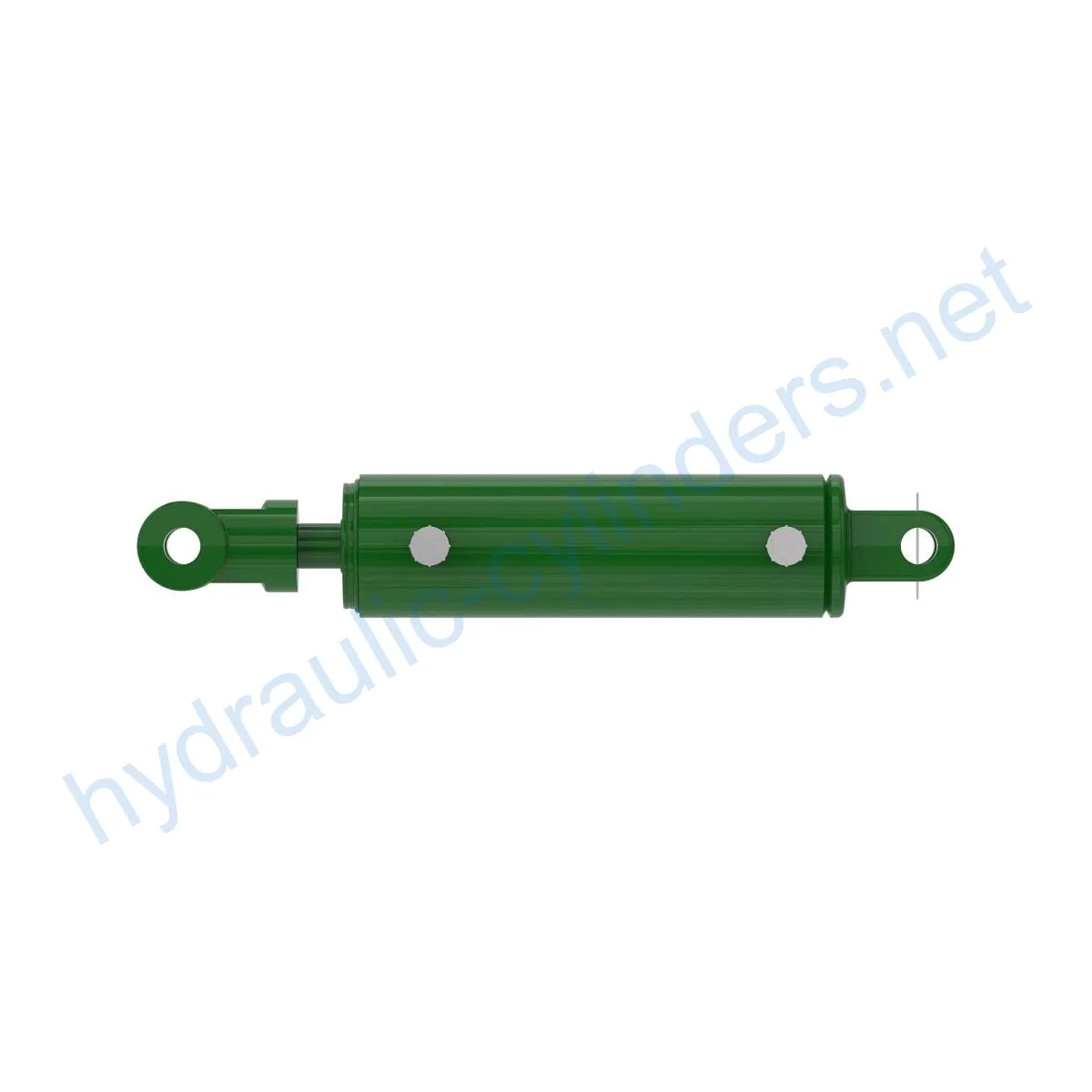Replacement Of AH176897 Hydraulic Cylinder
Kaip vienas iš hidraulinių cilindrų gamintojų, tiekėjų ir mechaninių produktų eksportuotojų, mes siūlome hidraulinius cilindrus ir daugelį kitų produktų.
Susisiekite su mumis dėl išsamesnės informacijos.
Paštas:sales@hydraulic-cylinders.net
Hidraulinių cilindrų gamintojas, tiekėjas ir eksportuotojas.
Replacement Of AH176897 Hydraulic Cylinder
The Replacement Of AH176897 Hydraulic Cylinder is a hydraulic cylinder that weighs 32.4 lb, has a height of 4 in, a width of 5 in, and a length of 22 in. This hydraulic cylinder is compatible with the 970, 1835, 1890, and N550 models.
Product Definition
The Replacement Of AH176897 Hydraulic Cylinder is a mechanical actuator that is used to provide unidirectional force through a unidirectional stroke. This hydraulic cylinder is an essential component in a hydraulic system and its primary function is to convert the energy stored in the hydraulic fluid into a force that can move a load.
Product Specifications and Models
The Replacement Of AH176897 Hydraulic Cylinder is compatible with the 970, 1835, 1890, and N550 models. It weighs 32.4 lb, has a height of 4 in, a width of 5 in, and a length of 22 in.
Product Features
1. Improved Equipment Performance
Replacing damaged or worn hydraulic cylinders can restore the normal operating ability of equipment, ensuring that it performs well in various applications.
2. Enhanced Safety
Regularly replacing hydraulic cylinders can reduce the risk of safety hazards caused by cylinder failures, ensuring the safety of operators and equipment.
3. Overload Protection
New cylinder designs typically consider better overload protection mechanisms, improving safety.
4. Quick Installation
The design of modern hydraulic cylinders typically considers ease of installation and replacement, reducing downtime.
5. Standardized Components
Many hydraulic cylinders are standardized products, making it easy to obtain replacement parts in the market.
We can produce this product and our products can perfectly replace these hydraulic cylinders.
Product Applications
1. Excavator
In an excavator, the hydraulic cylinder on the arm or bucket may be damaged due to long-term use or overload and needs to be replaced to restore normal operation.
2. Crane
The lifting arm hydraulic cylinder of a crane is easily worn during frequent lifting and lowering, requiring regular replacement to ensure safety.
3. Tractor
The front-end loader hydraulic cylinder of a tractor may leak or performance may decline during continuous lifting and tilting operations, requiring replacement.
4. Harvester
During harvesting, the hydraulic system is subjected to high pressure, and the cylinder may be damaged due to fatigue, requiring timely replacement to maintain work efficiency.
5. Automated Production Line
Hydraulic cylinders are used to control robotic arms and other automated equipment. Cylinder failure can affect production efficiency, and immediate replacement is required.
6. Die Casting Machine
Hydraulic cylinders may experience performance degradation in high-pressure and high-temperature environments. Regular replacement can ensure product quality.
7. Mining Equipment
Hydraulic cylinders are used for lifting and moving heavy objects in mining equipment. Due to harsh working conditions, regular inspection and replacement are necessary to avoid equipment failure.
8. Bulldozer
The wear of the hydraulic cylinder on the bulldozer’s blade can lead to a decrease in pushing ability, and timely replacement is required to maintain operational efficiency.
Maintenance Tasks
1. Regular Inspection
Regular inspection of the hydraulic cylinder is necessary to ensure proper operation and identify potential problems early.
2. Lubrication
Proper lubrication is important to reduce friction and wear, which can improve the lifespan of the hydraulic cylinder.
3. Seal Replacement and Calibration Check
Seals need to be replaced periodically to prevent fluid leakage, and calibration checks are necessary to ensure proper operation.
Correct installation, lubrication, and adjustment are essential to ensure the proper operation of the hydraulic cylinder. During installation, it is important to provide proper guidance on aligning the cylinder and recommend using appropriate mounting brackets to secure the cylinder. Regular inspection, repair, and replacement procedures, replacement of parts and rebuilding services, and tips for improving the lifespan of the hydraulic cylinder are recommended.
Safety Considerations and Environmental Factors
When using hydraulic cylinders, safety measures are important, such as using appropriate personal protective equipment and following proper installation, usage, and maintenance procedures. Environmental factors, such as temperature and humidity, can affect the performance of hydraulic cylinders, and it is important to take these factors into consideration during usage and maintenance.
Troubleshooting and Common Issues
1. Oil Leakage
Oil leakage is a common issue with hydraulic cylinders. The cause of the leakage can be attributed to worn seals or misalignment. To fix this issue, the seals need to be replaced, and the cylinder needs to be aligned properly.
2. Bent Rod
A bent rod can be caused by an overload or improper use of the cylinder. In this case, the rod needs to be removed and replaced.
3. Internal Damage
Internal damage can occur due to contamination of the hydraulic fluid or overloading the cylinder beyond its capacity. In this case, the cylinder needs to be disassembled, and the damaged components need to be replaced.
Preventative measures include inspecting the hydraulic cylinder regularly, following proper installation and usage procedures, and ensuring proper lubrication and calibration.

Design Considerations and Selection Criteria
When selecting a hydraulic cylinder, it is important to consider its load-carrying capacity, sealing capability, durability, safety, and maintenance. The cylinder should be designed to withstand the expected loads and stresses and be made of high-quality materials. The seals should be made of wear-resistant materials such as polyurethane or nitrile rubber, and the cylinder body and threaded end surfaces should be finished to enhance wear resistance. Proper lubrication is important to reduce friction and wear, and the hydraulic fluid should be regularly checked and replaced as needed.
Sealing and Lubrication
The hydraulic cylinder should use various sealing components, such as piston seals and rod seals, to prevent fluid leakage. The seals should be made of high-quality materials and should be inspected and replaced regularly to ensure proper sealing. Lubrication is also important to reduce friction and wear, and the cylinder should be lubricated with a suitable hydraulic oil.
Regular Inspection and Preventative Maintenance
Regular inspection and preventative maintenance are important to ensure optimal performance and extend the lifespan of the hydraulic cylinder. The cylinder should be inspected regularly for signs of wear and damage, and the seals should be replaced periodically to prevent fluid leakage. Calibration checks should be performed to ensure proper operation, and the hydraulic fluid should be checked and replaced as needed.
Product Installation Guide
The following steps provide a general installation guide for the hydraulic cylinder:
1. Position the cylinder
Position the cylinder in the desired location and secure it with the mounting brackets.
2. Connect the lines
Connect the hydraulic lines to the cylinder, making sure that the connections are secure.
3. Test the cylinder
Test the cylinder to ensure that it is functioning properly.

About Our Company
We are a manufacturer of replacement hydraulic cylinders with a diverse range of products. We are one of the leading manufacturers and wholesale distributors of hydraulic cylinders in the domestic and international markets.
Our company is known for its professionalism, international certification, customized services, production equipment, and after-sales service. We provide quality products and services to our customers and are committed to meeting their needs.

Author: lyl
Take a Tour of Our VR Factory:
Take a tour of our VR factory with the following
Hydraulic Cylinder Application:


